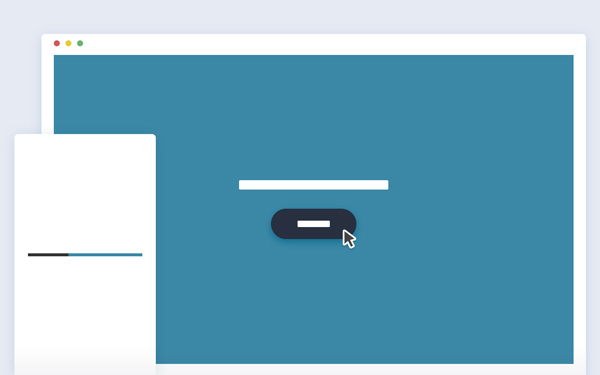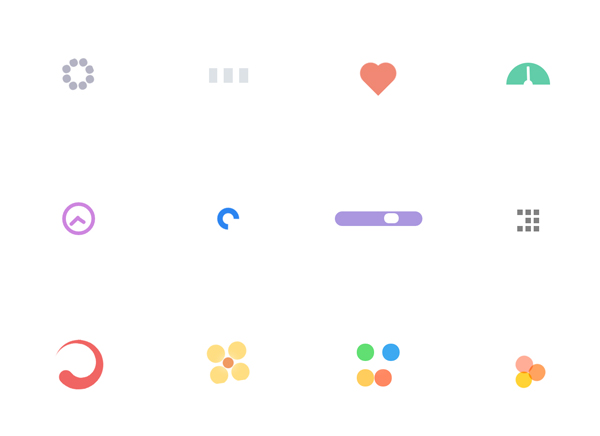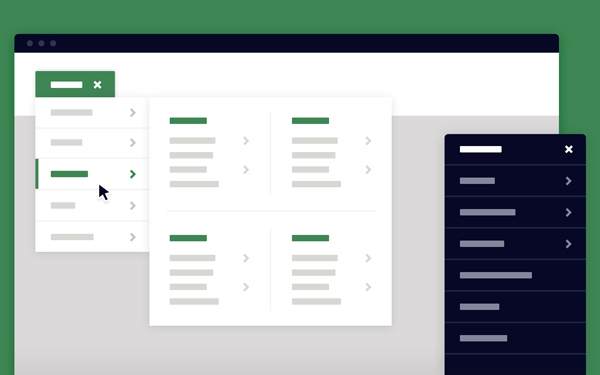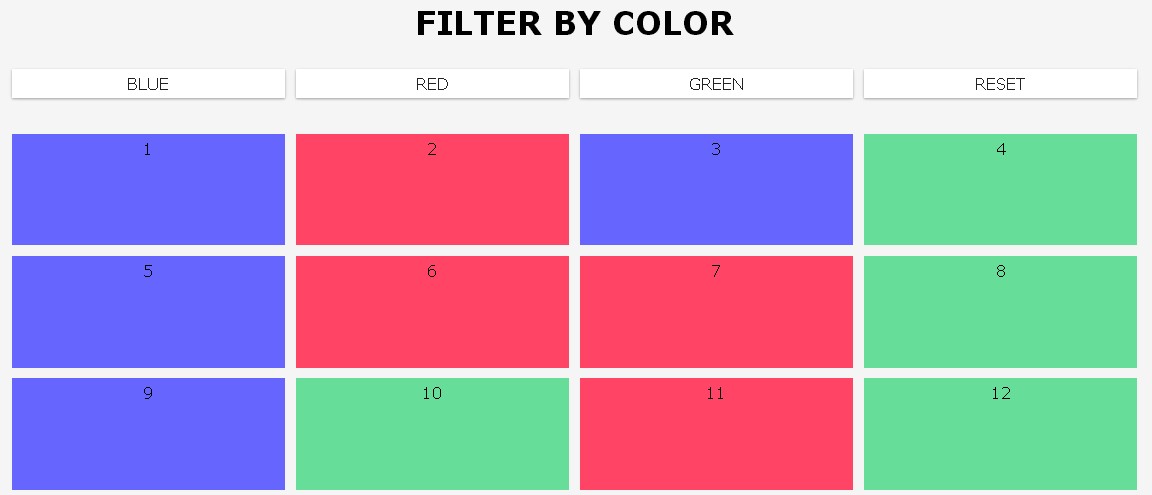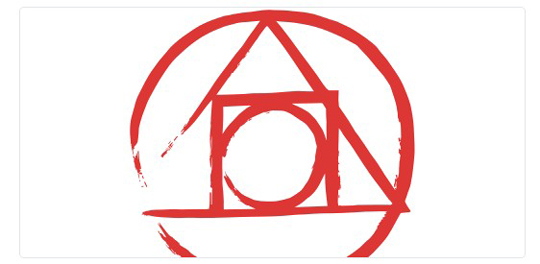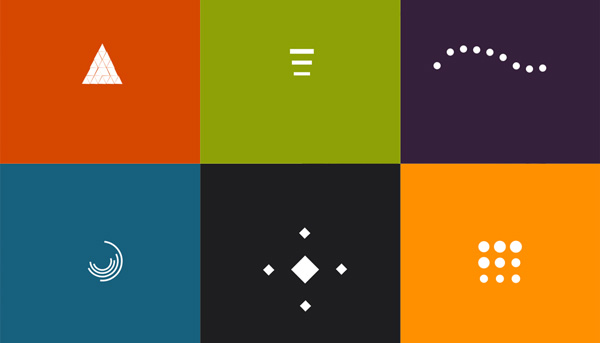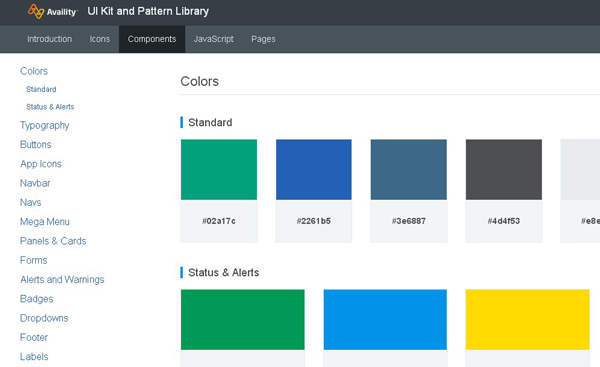This is a CSS powered animation, that replaces the refresh of the page while the content is updated using Ajax.…
This is a collection of 15 simple CSS spinners made with CSS and minimal HTML markup. You can use any…
This is a responsive and easy to customize mega-dropdown component tutorial by Codyhouse. One of the most challenging part when…
Yes, i know this is not something fresh but i just want to share for whom did not not see…
This is a Pure CSS Content Filter by Sam Gordon For a simpler effect with fewer lines of CSS, trade…
This is an animated button effect based on Google’s “Material Design”.The buttons and effects are all created in CSS so…
PostCSS is a tool for transforming CSS with JS plugins. These plugins can support variables and mixins, transpile future CSS…
9 Album Preview Animations using CSS only have been created by Robert Popa from Simbyone.com In this tutorial you will…
30 CSS Page Preload Animations have been created by Robert Popa from Simbyone.com Those animations are best suited for content…
The Availity UIKit is derived from Bootstrap 3 and allows developers to create beautiful web applications for the Availity Spaces…

